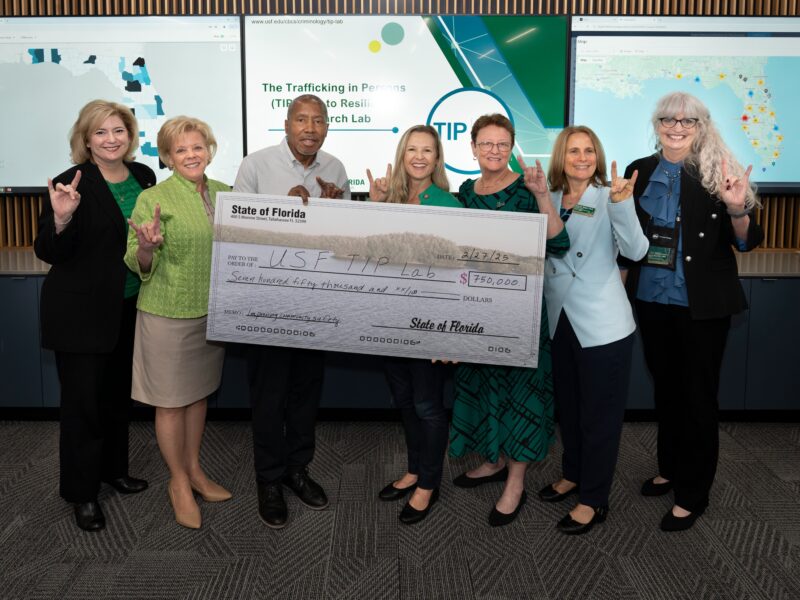The statue was to memorialize one of Hungary’s most prominent 20th century figures.
Balint Homan was a historian and government official whom admirers call a scholar and statesman. With the blessing and financial help of the Hungarian government, they planned to honor him with a statue in Szekesfehervar, a city west of Budapest.
But Homan was also a Nazi collaborator who supported the deportation of half a million Hungarian Jews during World War II and died in prison in 1951. Opponents condemned plans to honor his memory.
One of them was Mark Weitzman, director of the Task Force Against Hate and Terrorism at the Simon Wiesenthal Center in New York, an international Jewish human rights organization that carries the name of the famous Holocaust survivor and Nazi hunter.
In a speech last week at USF St. Petersburg, Weitzman described how the Wiesenthal Center joined the U.S. State Department, leaders of Congress, diplomats from other countries, and several members of the Hungarian cabinet to persuade the government to scrap the statue in December.
“Even when we didn’t think it was possible, we succeeded” in conveying a message, Weitzman said. “It meant that history should not be tampered with … We may have let it (murderous anti-Semitism) happen before, but we certainly won’t turn a blind eye in the future.”
The statue is just the latest sign that anti-Semitism, hatred and anti-government extremism are thriving in the United States and the world, Weitzman told more than 200 people in the University Student Center ballroom.
He offered a broad history of hate groups and how they have evolved – and grown dramatically in number – from the Ku Klux Klan of the 19th century to the Westboro Baptist Church, a small but well-publicized group in Topeka, Kansas, with a website called godhatesfags.com.
Hate groups, Weitzman said, are using social media to reach and radicalize more and more people, from home-grown terrorists to ISIS, which uses the Internet as a recruiting tool with messages like “Jews: We are coming.”
Americans “tend to think of the people who belong to these (hate) groups as people who couldn’t make it in society,” Weitzman said. “They may have dropped out of school, work menial jobs (and be) embittered and looking for people to blame for their problems.
“But the reality is much worse …. The leadership core, sometimes, of these groups are people who are educated and skillful, and that makes them so much more dangerous.”
According to the FBI, hate groups in America grew from 602 in 2000 to 1,018 in 2011, he said. In FBI statistics released in December 2014, Jews were the biggest target of hate groups, “even more than Muslims, more than any other religious group.”
College campuses are seeing anti-Semitism, too, Weitzman said.
He cited a 2015 online survey of 1,157 Jewish students at 55 campuses. More than half the students who participated reported having experienced or witnessed anti-Semitism in the last year. The research was conducted by the Louis D. Brandeis Center and Trinity College in Hartford, Conn.
Weitzman’s speech was sponsored by the university honors program and the Florida Holocaust Museum in downtown St. Petersburg. It was part of a lecture series sponsored by Debbie Sembler, a former member of the USFSP Board of Trustees, and her husband, Brent, a developer.
Staff writer Devin Rodriguez contributed to this report, which includes information from Reuters News Service and TIME magazine.


